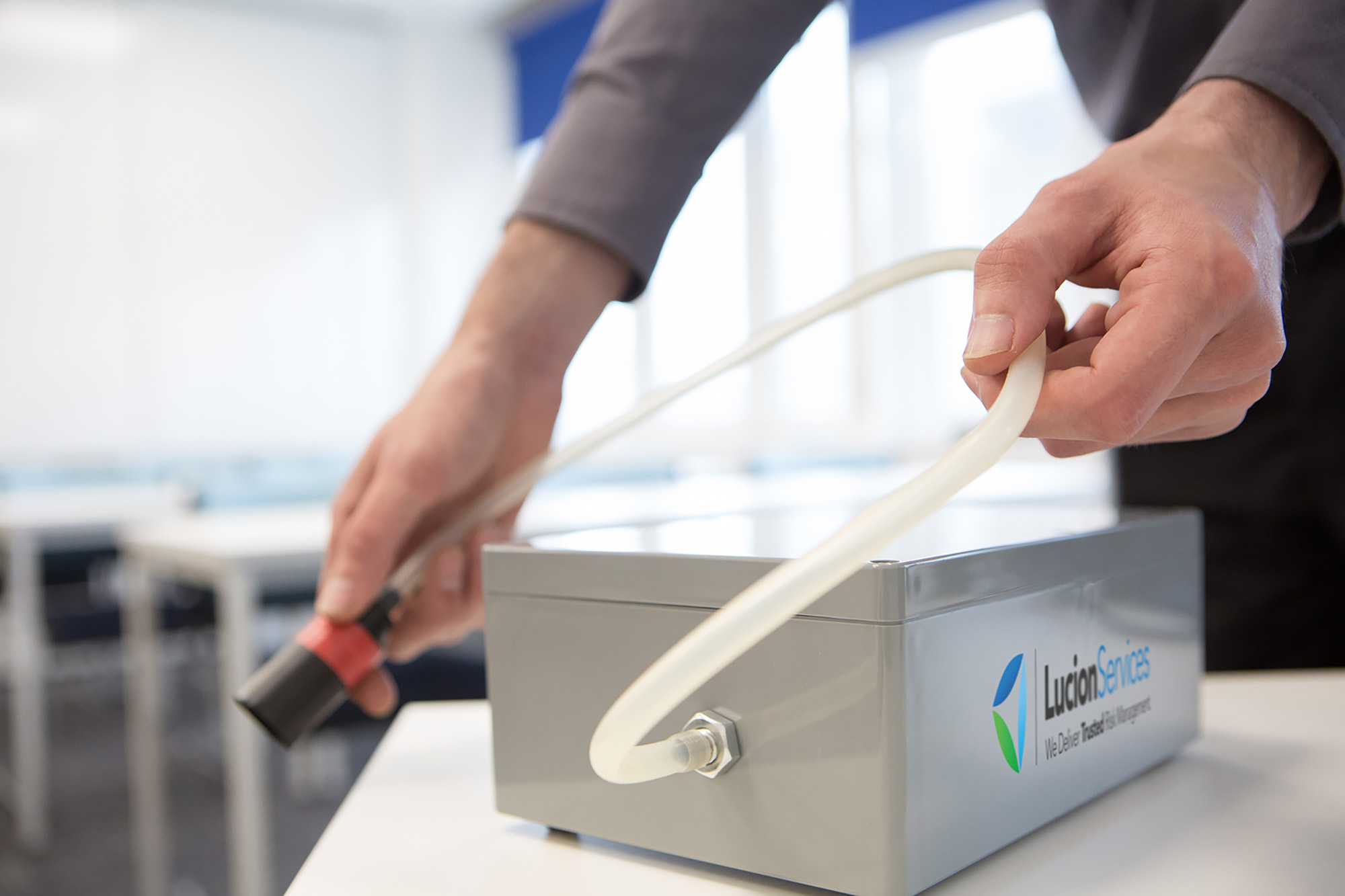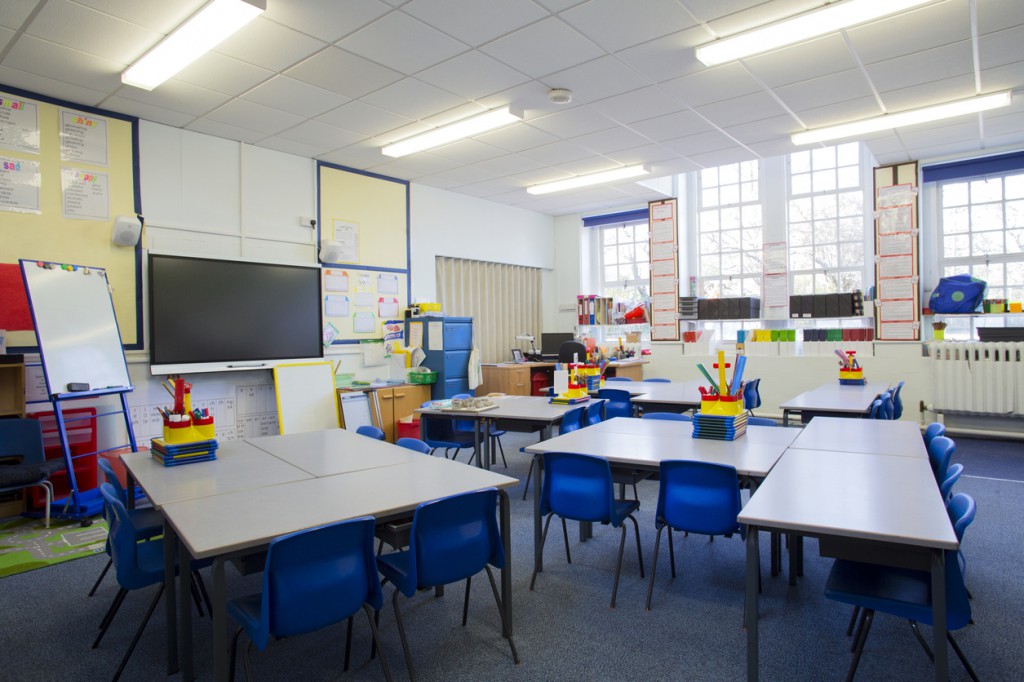TEACHERS WANT SCHOOL ASBESTOS REMOVED BY 2028
14 April 2017
As reported by Schools Week online schools staff are being left in the dark about the presence of asbestos in their workplace, leaving them and their pupils at risk of exposure, a survey by the National Union of Teachers has revealed.
An online survey by the union showed nearly 50 per cent of all respondents had not been told whether their school contained asbestos — despite the substance being present in 86 per cent of schools.
Less than 5 per cent had been told their school did not contain asbestos, a substance known to cause illnesses such as mesothelioma, cancer-linked exclusively to asbestos exposure.
Parents need to be reassured that asbestos is being safely managed in their child’s school.
Of the 46 per cent of respondents told that their school contained asbestos, half did not know where it was located, leaving them unable to take steps to avoid disturbing it.
Earlier this year, an in-depth Schools Week investigation revealed how staff and pupils have been exposed to asbestos more than 90 times in the past five years — as recorded by local councils.
More than £10 million in compensation has been paid out over the same time frame to teachers and pupils who suffered exposure.
Almost 250 staff and former pupils made claims with just under half winning. All had mesothelioma as a result of the exposure.
Children are particularly at risk of asbestos disease because of their long latency period and boisterous behaviour from young people in schools can aggravate the potential danger of asbestos, as they are more likely to disturb it.
Survey respondents reported incidents such as children punching holes in walls for example, or picking at plaster covering areas where asbestos was located.
In the union survey, nearly all respondents (96 per cent) agreed there should be a long term Government strategy for the phased removal of all asbestos in schools by 2028.
Kevin Courtney, general secretary of the NUT said:
"The survey had uncovered an appalling state of affairs in our schools”.
“It certainly serves to strengthen our case for the government to commit to a long-term strategy for the phased removal of asbestos from all our schools,” he said.
“Parents need to be reassured that asbestos is being safely managed in their child’s school, something we clearly cannot be confident of at the moment.”
Earlier this year Lucion released an article outlining the key role SEM (Scanning Electron Microscopy) analysis can play in the ongoing management of Asbestos in schools, stating that most teachers and school staff are not directly involved in managing the buildings or in carrying out repair or maintenance work. However, they will need to know the location of any ACMs and how they can be damaged or disturbed and all staff must report damage or deterioration of school fixtures or fittings that could lead to the release of asbestos fibres.
Where there is the possibility of the release of asbestos fibres into the environment, the Health and Safety Executive (HSE) provides guidance on air sampling to ensure worker protection — most typically after building repairs or asbestos removal work.
This process is designed to be used as part of a rigorous system to provide reassurance that a work environment has been properly cleaned. The recommended standard analysis of samples gathered from air monitoring provides quick results but it does not differentiate between asbestos fibres and other sorts of fibres that may be present such as clothing fibres.
This issue is particularly important in school premises where many different types of airborne fibres can be present but where most of them are also likely to originate from clothing or other potential sources (including organic fibres or so called MMMF/man-made mineral fibres) rather than ACMs.
In such circumstances, the analysis of air filter samples using scanning electron microscopy (SEM) can be undertaken in much greater detail than is possible with standard techniques. SEM’s ability to more accurately determine whether asbestos fibres are present means it can better identify the level of any risk that might be present.
In particular, SEM enables asbestos in the air to be quantified to very low levels, achieving lower limits of detection to 0.0005 fibres / cm3 and below, compared to the 0.01 fibres/ cm3 capability of standard phase contrast microscopy (PCOM). SEM can also distinguish between different asbestos fibre types using energy dispersive x-ray analysis (EDXA).
As a result, SEM is invaluable for the detailed sampling of ambient or indoor air where the anticipated fibre levels are low or for periodic monitoring of areas to check the potential cumulative exposure on teachers, pupils and those using the premises.
In this respect, with an emphasis on preventing exposure to asbestos fibres, the detailed forensic records and diagnostic testing provided by SEM analysis not only represents good safety management practice but can also provide proof of prevailing schoolroom conditions at any particular time.
In this way, with schools, colleges and local authorities increasingly facing health-related compensation claims, SEM can provide the evidence needed to demonstrate that buildings containing asbestos have been well maintained and that those present have not been exposed to dangerous levels of airborne fibres.
Asbestos Is Schools White Paper
With widespread concern over the potentially harmful effects of asbestos in schools, modern air sampling and analytical techniques have the ability to better protect the health and safety of teachers and pupils. There is no safe limit of asbestos for people to breathe and we want everyone with a responsibility for safety in our schools to better understand the situation.
The white paper has been designed to provide important information to those who manage asbestos in buildings, in particular those who are responsible for the maintenance of the property and teachers.
.png)
Download From NexGen
Why The UK Needs Tighter Asbestos Controls
The white paper has been designed to provide important information to those who work in schools, in particular those who are responsible for the maintenance of the property and teachers. Our white paper outlines why the UK ought to adopt measures in force in other European nations, who already share the same overriding EU legislation Directive 2009/148/EC on the protection of workers from the risks related to exposure to asbestos.
_1.png)
Download From NexGen
What Should You Do If You Discover Asbestos?
Does your team know what to do in the event that they find asbestos? Use our simple asbestos discovery flowchart to inform your teams about what to do when suspected asbestos is discovered.
Download Now


 NexGen
NexGen












